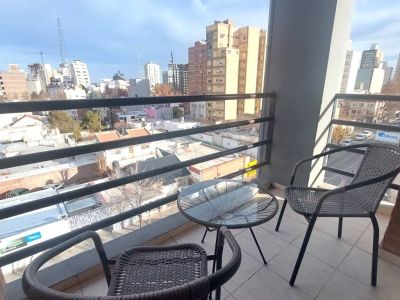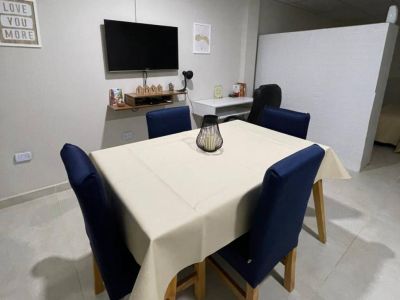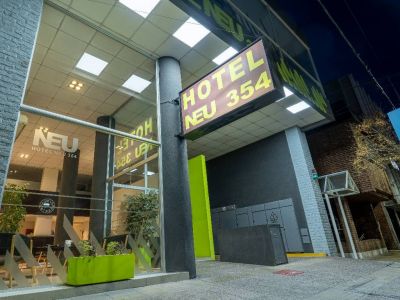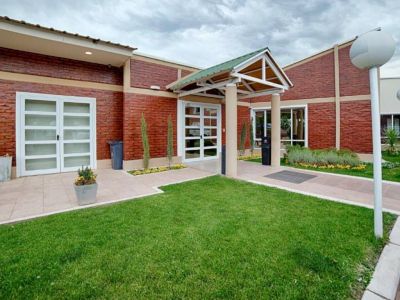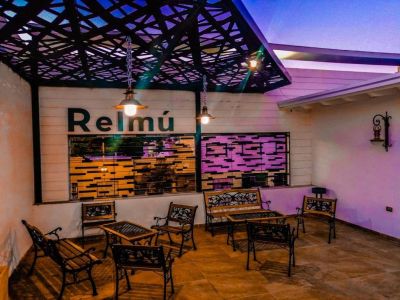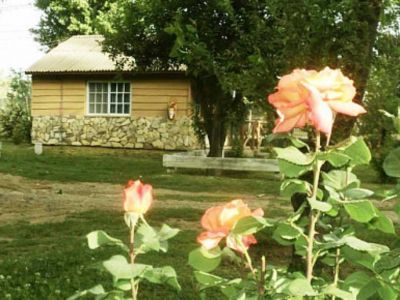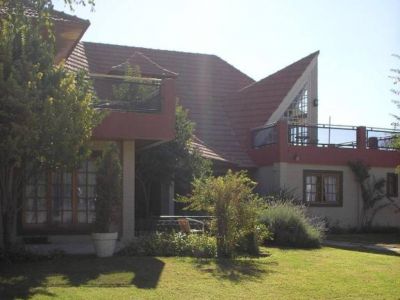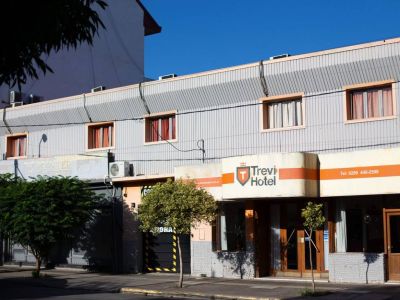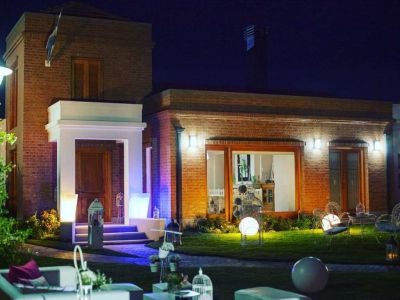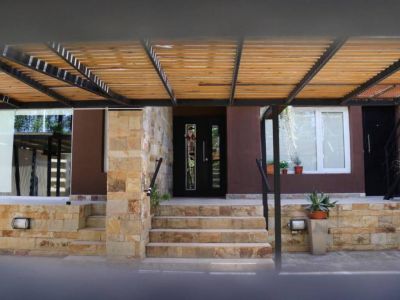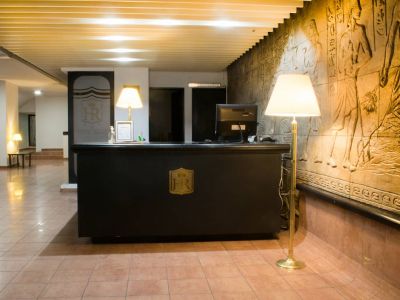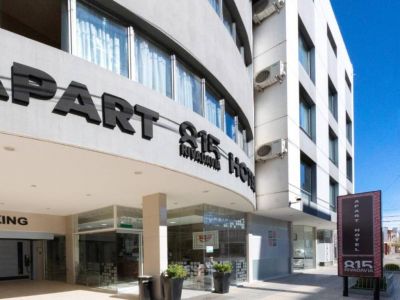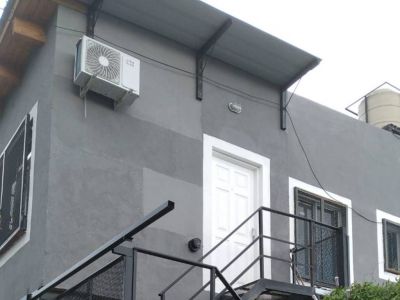Three famed wineries open their gates to show visitors how the best wines are grown, including environmental features, dedication and the right grapes.
The District of
San Patricio del Chañar, in
Neuquén, represents the right place for the recent industry that is developing more and more everyday: winegrowing. The good climate and soil, the scarce rain, the ample temperature extremes, the winds and the meltdown waters are some of the conditions that have enabled the development of excellent wines.
On a tour around the best known wineries, depending on the season, it is possible to observe harvest tasks, the fermentation and storage stages while the staff keeps working.
Schroeder Winery
In the middle of the Patagonian high plateau, 39º latitude, we found a large area covered with vineyards owned by Schroeder Winery, founded by an Argentinian family of European origin. Its main characteristic is that gravity was used to design the plantation and the winery, thus contributing to the environment.
We moved onto the area where the grapes were processed. The modern architecture and technological equipment impress visitors and enable the venue to compete both in national and international markets.
It was curious to hear that when the construction began, the remains of an herbivorous dinosaur measuring over 12 meters of length were found. That is why a line of its famed wines is known as
Saurus. Young, fresh and with fruit touches, they are featured in the Pinot Noir, Merlot, Malbec and Cabernet Sauvignon varieties. During its short life, Saurus Pinot Noir 2004 has been awarded several international prizes.
As we wandered around the corridors of the winery, the information came faster and faster. We learned that the rocky soils with thick dirt where the Malbec, Pinot Noir, Merlot, Cabernet Sauvignon, Chardonnay and Sauvignon Blanc grapes are grown are jealously controlled so that the quality is always the best.
As the tour came to an end, we visited the restaurant overlooking the vineyards to taste excellent local dishes accompanied by the good Saurus, of course.
Bodega NQN
Ever since its beginning, NQN winery has been open to visitors. Its tours provide explanations about the wine-making process. We took part in one of them to learn about each stage, timing and grapes.
Its over 160 hectares of vineyard produce basically red varieties: Merlot, Malbec, Cabernet Sauvignon and Pinot Noir. There is a minimum proportion of white varieties: Sauvignon Blanc and Chardonnay.
The entire venue has an excellent infrastructure and cutting-edge technology. The different processes are carried out in order to create Patagonian wines that may become worldwide known. The lines produced include Colección NQN, Malma Reserva, Malma and Picada 15.
The guides are in charge of telling visitors that the word “malma” means “pride” in the Mapuche tongue and it is the emblem of the winery. Precisely, some of the wines of the Malma Line -such as Malma Malbec Reserva 2004- were among the ones awarded more prizes.
We observed that the cellars are located in three slopes that let the wind go through the building thus producing thermal isolation in the area and protecting the harvest zone.
At the end of the visit, we headed for the first floor to visit Malma Resto Bar, where we enjoyed delicious Patagonian dishes accompanied by the wines made at NQN winery.
Bodega del Fin del Mundo
It is considered a pioneer winery in Patagonia, as it started its winegrowing activities in the valley to settle down for good at San Patricio del Chañar with a significant undertaking.
As we visited it, we were astonished at its modern architecture, featuring several modules and state-of-the-art technology. In addition, at the vast vineyards drip line irrigation is managed by computers. The prevailing red varieties include: Cabernet Sauvignon, Malbec, Merlot, Pinot Noir and Sirah; the white ones are: Sauvignon Blanc, Chardonnay, Semillón and Viognier, to name a few.
According to the guide, the winery carries out a strict quality control over its wines: Ventus, Postales, Newen, Reserva del Fin del Mundo, Special Blend and FIN. Many have been acknowledged both in the country and abroad, particularly the Special Blend 2003.
The three visits let us access a spectacular world where the effort made by its main mentors, the love for the land of Neuquén and the interest in causing Argentinian Patagonia to appear in the best menus in the world are evident.
It is usual that visitors may take part in matching courses and wine-tasting and sampling sessions organized by experts. In Neuquén, wine tourism is capturing more and more enthusiasts.
The modern venue, which includes 4 units, was the first one to incorporate the latest technology used in winemaking. In addition to the channel system and a precise drip irrigation system, it has 202 fermentation tanks and 1,820 casks made of French and American oak wood, which enable the production of over 4 millon liters per year and this volume is estimated to be doubled when the construction works of the 4th unit are finished.
With a strict quality control, this winery produces 5 wine lines: Ventus, Postales, Newen, Reserva del Fin del Mundo and Special Blend, many of them awarded both locally and abroad. The Special Blend 2003 was granted a silver medal and the Malbec Reserva Fin del Mundo 2003 received the gold medal at the Brussels World Contest in 2005 and the Internacional Wine Challenge 2005.
The impulse that led this winery to be the first one in Patagonia is marked in its strong export profile and in the experimental vineyards that cultivate a promising future.
Undoubtedly, Bodega del Fin del mundo enables visitors to get to know the entrepeneur spirit reflected in its wines.
Mónica Pons
Jorge González
Phone: +54 299-4855004
Cell phone: +54 299-5086767
Phone: +54 299-4897500
























